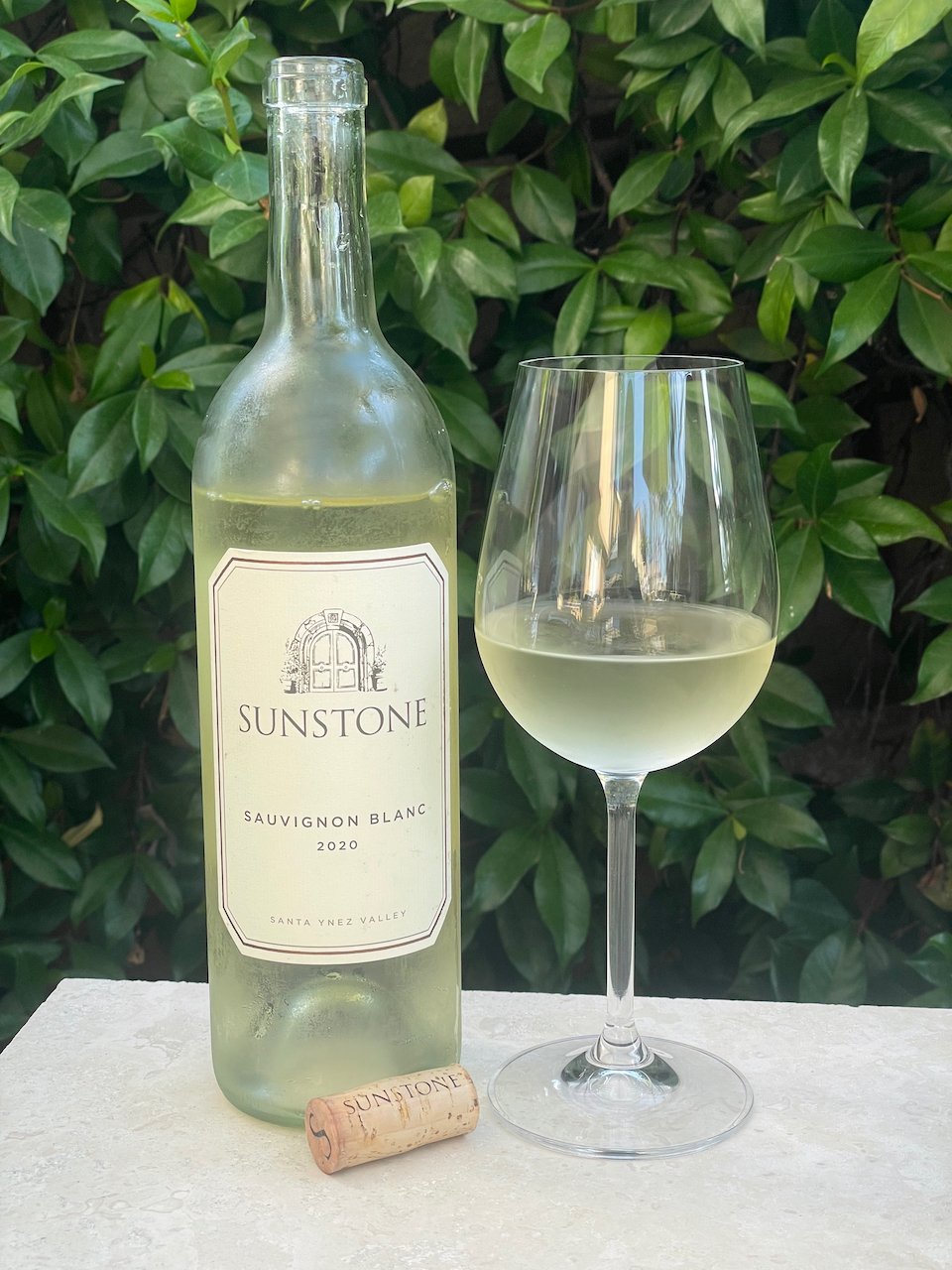Photo by Christine Isakzhanova on Unsplash
Riesling is a wine that is most famously produced in Germany where nearly half the world's Riesling grapes are grown. Other great producers of Riesling include the Alsace region of France, Australia, Austria, Uruguay, Canada and the United States. Riesling that is grown in cooler climate regions result in highly aromatic wines with great acidity and big, bright fruit flavors. But mention a Riesling and most often you'll hear "Oh, that's a sweet wine."
One of the reasons that Riesling is considered "a sweet wine" is because it has flavors of sweet fruits - green apple, apricot, nectarine, peach, pear, and pineapple. Flavors that our brain associates with sweetness. Another reason for Riesling's sweet flavors is the fact that it is rarely aged in oak. Not having the rich, toasty and butter flavors of oak lets Riesling's bright sweet fruit flavors shine though. Also, Riesling is rarely blended with other grapes. So, what you get are the pure sweet fruit flavors of the Riesling grape. And the final reason that Riesling is considered sweet is that many Rieslings are, well, intentionally produced to be sweet.
But not all Rieslings are sweet. They can span the range from dry to sweet. The Alsace region of France is known for its dry Riesling. And warmer climates, such as California, Oregon and Washington, produce dry Rieslings that typically have more muted fruit flavors, are more medium to full-bodied.
So, yes, Riesling can be a bit confusing. But, not all Rieslings are "sweet." The key is to look at the wine’s total Residual Sugar (RS). If you find one with a RS level less than 17 g/L, it is considered dry (i.e., not sweet). If you find one with a RS level greater than 17 g/L, it will indeed be sweet.






